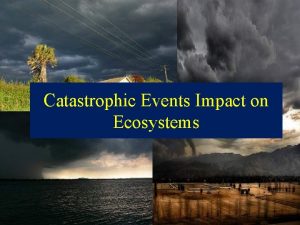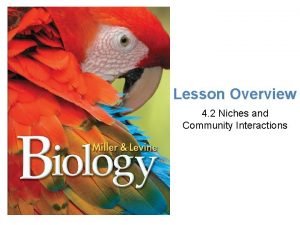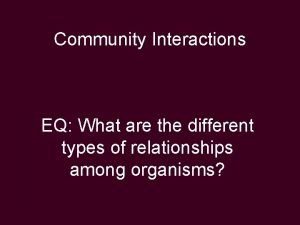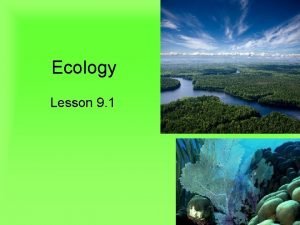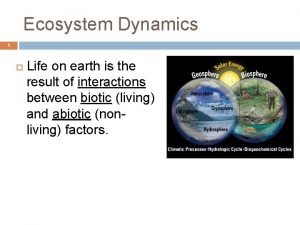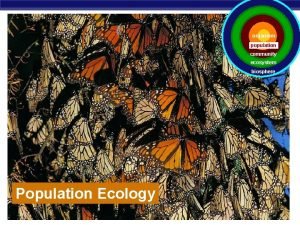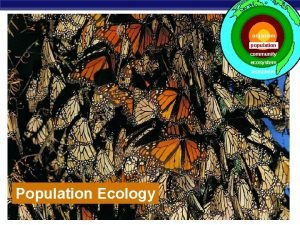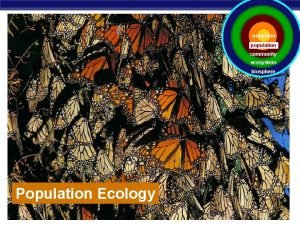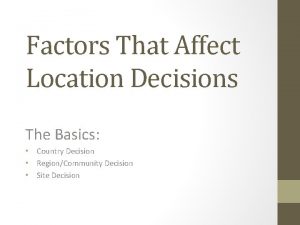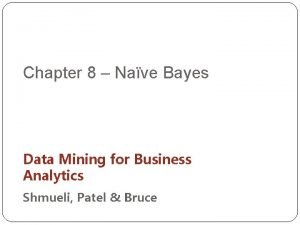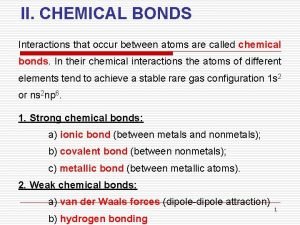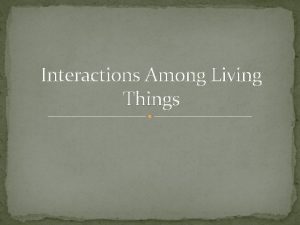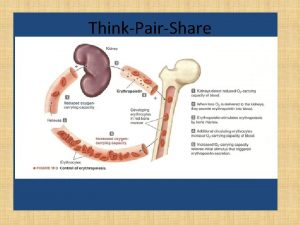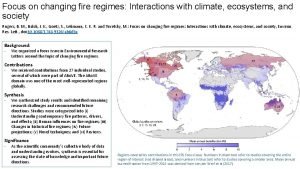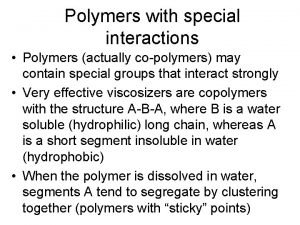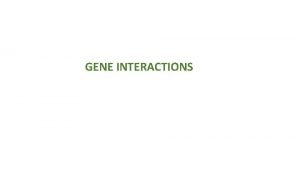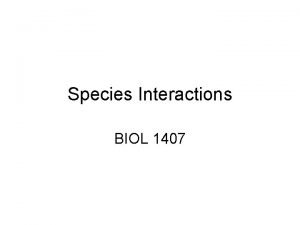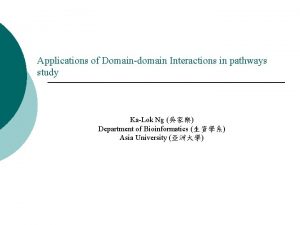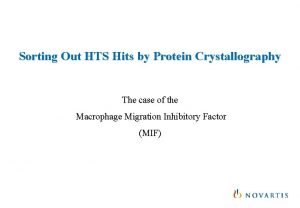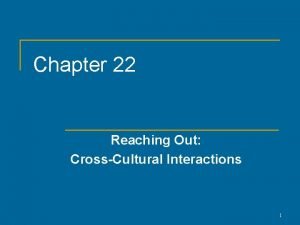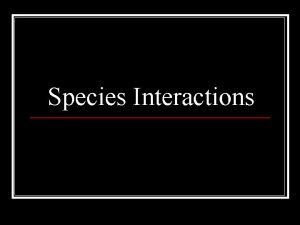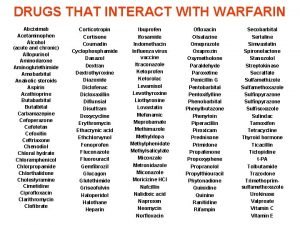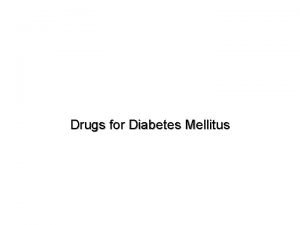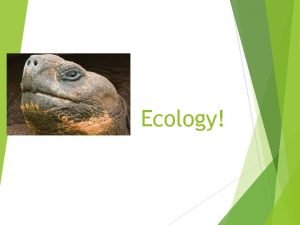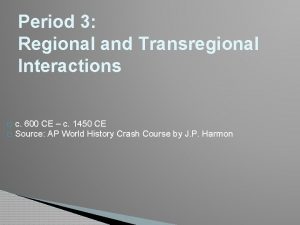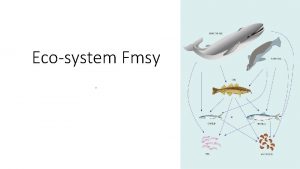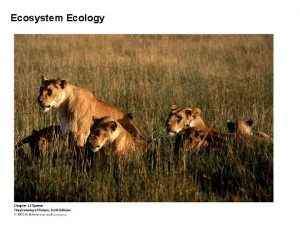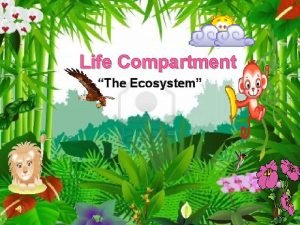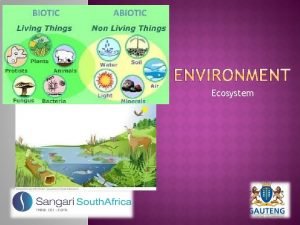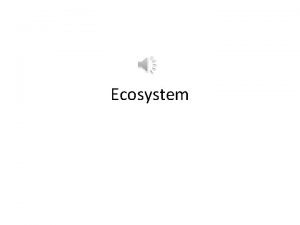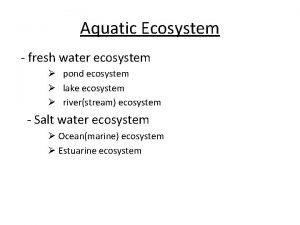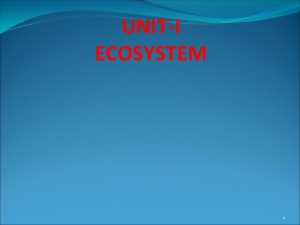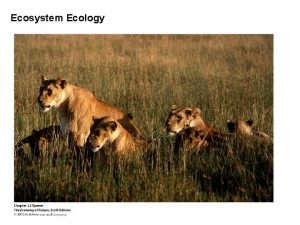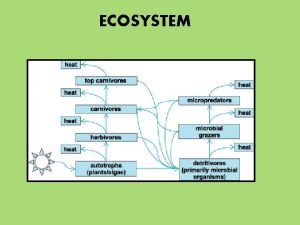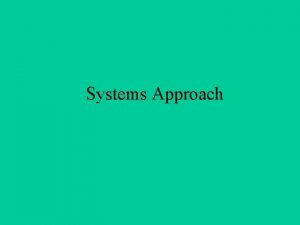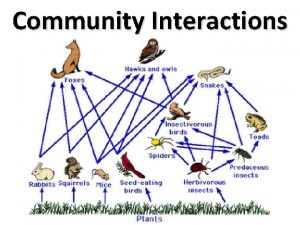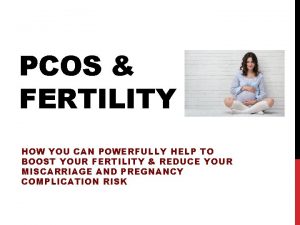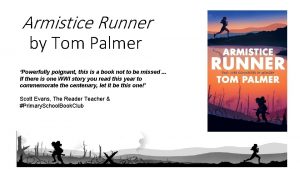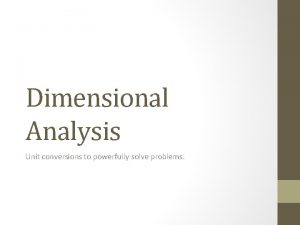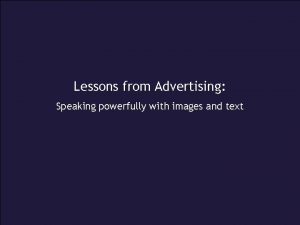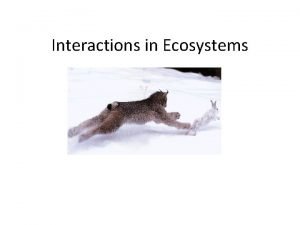Community Interactions Community Interactions Powerfully affect an ecosystem










































- Slides: 42

Community Interactions

Community Interactions • Powerfully affect an ecosystem • Include: – Competition – Predation – Symbiosis


Competition • When organisms of the same or different species attempt to use an ecological resource at the same place and the same time – Resource any necessity to life – Plants and animals compete – Winner and losers

Rules, rules • Fundamental rule in ecology – Competitive Exclusion Principle • No two species can occupy the same niche in the same habitat at the same time • Prevents competition






Predation • Interaction where an organism captures and feeds on another organism • Predator – Organism that does the killing and eating • Prey – Organism that is being killed and eaten (victim)

Symbiosis • Any relationship where two species live closely together • Symbiosis literally means “living together” • 3 main types – Parasitism – Mutualism – commensalism

What type of relationship is this? • Who is helping who?

Mutualism • Both species benefit from the relationship • A Happy couple • Flowers and bees – Flowers need bees for pollination, bees need flowers nectar



What type of relation ship is going on here? • Who is helping who?

Commensalism • One member of the relationship benefits while the other is neither harmed nor helped • One-sided • Food or shelter • Barnacles on whale

Ants and aphids


What type of interaction is going on here?

Parasitism • One organism lives on or inside another organism and harms it • Parasite obtains all or part of its nutrients from the other organism • Host – Organism that is harmed in relationship; the one that provides the nutrients to the parasite • Parasite – Organism that gets its nutrients from the host • Do they want to kill their host? – No, because they need them…they will weaken or hurt the host in some way





Recap • What are three types of interactions in a community? – Competition – Predation – Symbiosis • What types do we have? – Mutualism – Commensalism – Parasitism

Ecological Succession • Do all ecosystems stay the same all the time? • What are some things that cause changes to ecosystems? – Natural and unnatural – Quickly and slowly

• Ecosystems are constantly changing in response to human and natural disturbances. • As an ecosystem changes, older habitants die out and new organisms move in, causing more change

Ecological Succession • Series of predictable changes that occur in a community over time – Physical environment – Natural disturbance – Human disturbance

Primary Succession • Succession on land that occurs on surfaces where no soil exists • Volcanic eruptions • Glaciers melting



Stages of Primary Succession • Start with no soil, just ash and rock • First species to populate this area – “pioneer species” – For example, pioneer species on volcanic rock are lichens (LY-kunz) • Lichens made up of fungus and algae that can grow on bare rock • When lichens die, they form organic material that becomes soil…now plants can grow

Secondary Succession • Succession following a disturbance that destroys a community without destroying the soil • Natural – hurricane – fires • Human disturbances – Farming – Forest clearing







Study Chemical reactions, enzymes, and Chapters 3 and 4 Teacher,
 How do tornadoes affect ecosystems
How do tornadoes affect ecosystems 6.1 habitats niches and species interactions
6.1 habitats niches and species interactions Niches and community interactions
Niches and community interactions Different types of community interactions
Different types of community interactions Abiotic and biotic compare and contrast
Abiotic and biotic compare and contrast Ecosystem dynamics definition
Ecosystem dynamics definition Population community ecosystem
Population community ecosystem Levels of ecological organization from smallest to largest
Levels of ecological organization from smallest to largest Population community ecosystem biosphere
Population community ecosystem biosphere Ecosystem vs community
Ecosystem vs community Compare and contrast community and ecosystem
Compare and contrast community and ecosystem Organism population community ecosystem biosphere
Organism population community ecosystem biosphere And currency risks are to key country success factors
And currency risks are to key country success factors Interactions among branches of government
Interactions among branches of government Naive bayes pays attention to complex interactions and
Naive bayes pays attention to complex interactions and Interactions between atoms occur
Interactions between atoms occur Some students are instructed to put a celery stalk
Some students are instructed to put a celery stalk Interactions among living things
Interactions among living things Contractionary vs expansionary fiscal policy
Contractionary vs expansionary fiscal policy Wave
Wave Organization of the lymphatic system
Organization of the lymphatic system Interactions
Interactions Special interactions
Special interactions Polymeric gene interaction
Polymeric gene interaction Personal factors affecting communication
Personal factors affecting communication Do all em waves travel at the speed of light
Do all em waves travel at the speed of light Abiotic factors examples
Abiotic factors examples Parasitism
Parasitism Protein binding interactions
Protein binding interactions Interactions between ais and internal and external parties
Interactions between ais and internal and external parties Protein binding interactions
Protein binding interactions Chapter 22 reaching out cross-cultural interactions
Chapter 22 reaching out cross-cultural interactions Moa of h2 antagonist
Moa of h2 antagonist Modular product architectures
Modular product architectures Nervous interactions with other systems
Nervous interactions with other systems Properties and interactions of magnets
Properties and interactions of magnets Wave interactions
Wave interactions Cape buffalo and cattle egrets relationship
Cape buffalo and cattle egrets relationship Protein binding interactions
Protein binding interactions Glipizide interactions
Glipizide interactions Symbiosis and species interactions keystone webquest
Symbiosis and species interactions keystone webquest Regional and transregional interactions
Regional and transregional interactions Crpc
Crpc
